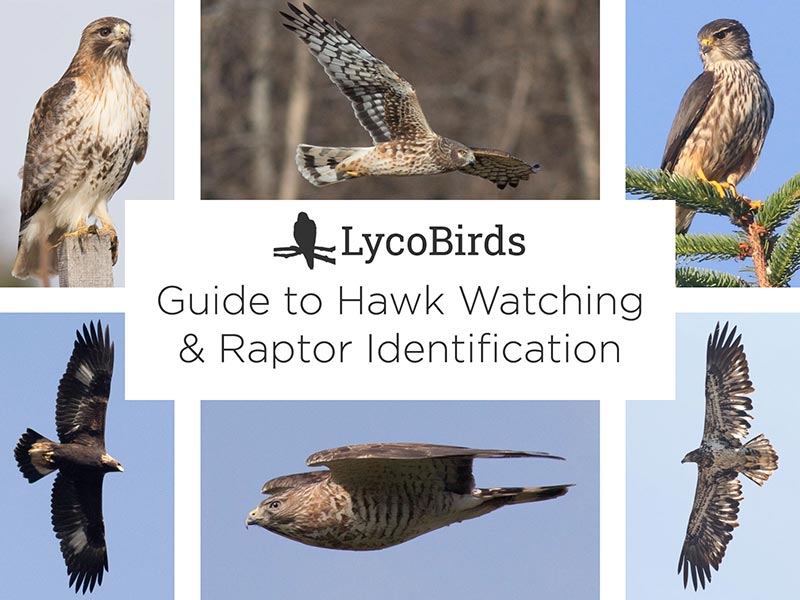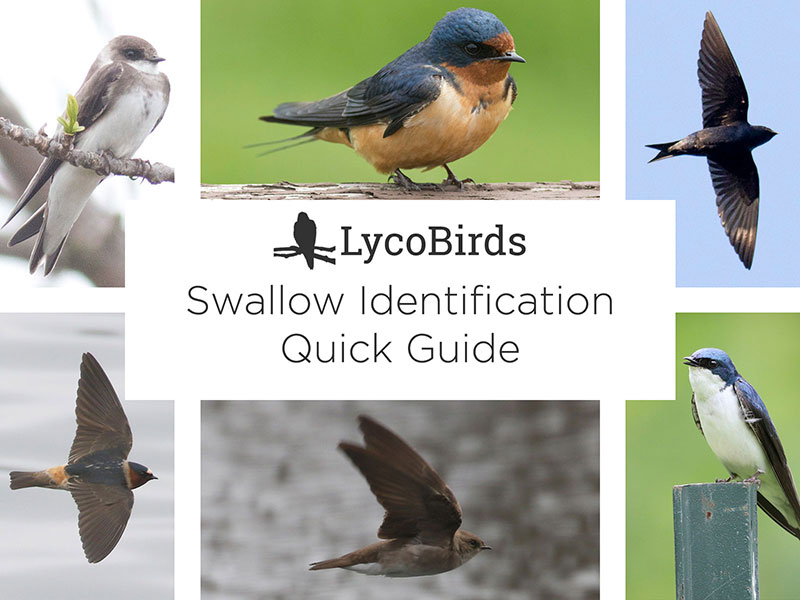Leave Your Hummingbird Feeder Out Into the Fall and Winter
Feeding hummingbirds is typically thought of as a warm-weather activity, but the colder temperatures of fall bring the chance to try to attract a rare visitor to your feeder.
Hummingbirds in the East
Ruby-throated Hummingbirds are the only species typically found in the eastern US. In Pennsylvania, where LycoBirds is based, they first arrive in late April and nearly all of them have departed by early October. So, any hummingbird sighting after mid-October is particularly interesting to birders and researchers, because those late reports are often western species that are rare visitors to the area.
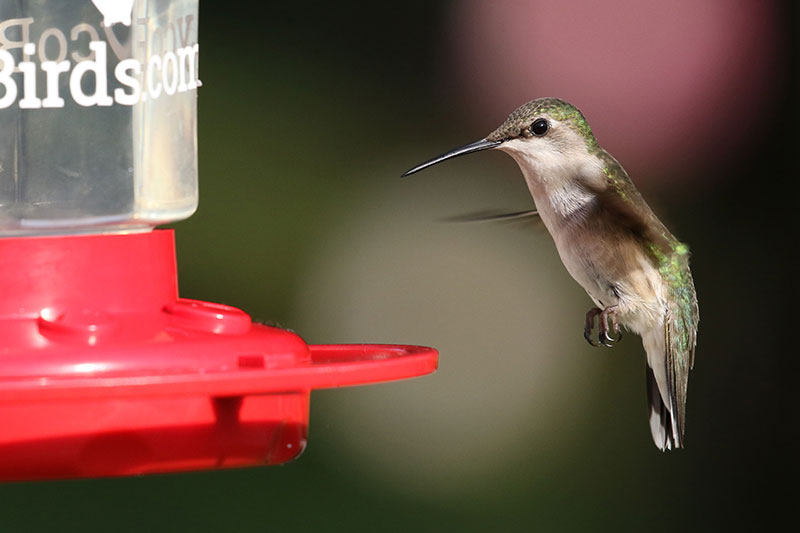
Ruby-throated Hummingbird
Over the past few decades, increasing numbers of these western birds have been noticed in Pennsylvania and other eastern states during late fall and winter, and even some in the late summer. The most common species represented by these vagrant birds is Rufous Hummingbird, but other species have also been found, including Black-chinned, Anna's, Calliope and Allen's Hummingbird.
How Often Does This Happen?
To give you an idea of the prevalence of these vagrant hummingbirds, Lycoming County, PA (my home county) has at least 8 confirmed records of Rufous Hummingbird, and at least half a dozen more records of unidentified Rufous/Allen's Hummingbirds since 2003. There is also a record of Black-chinned Hummingbird.
It certainly varies from year to year, but it's not unusual to have at least 10 per year found in Pennsylvania, and with more awareness and more feeders up, I'm sure that number would grow.
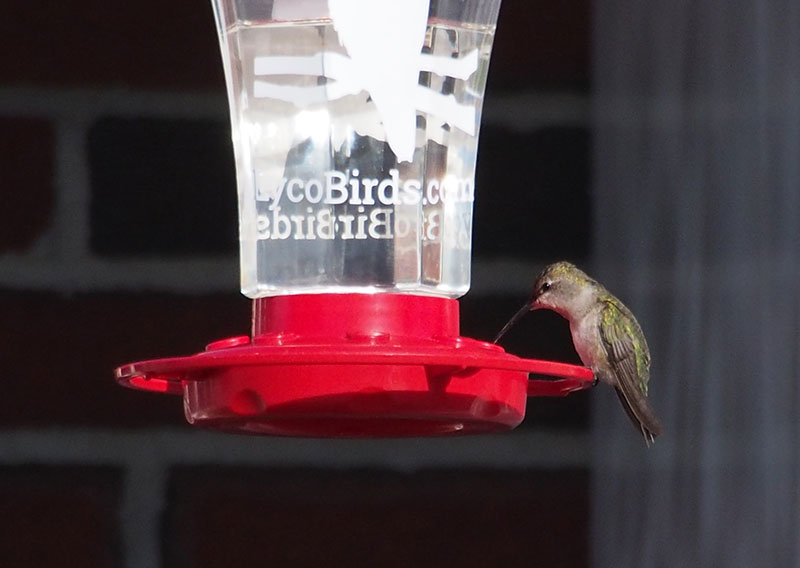
Black-chinned Hummingbird — Montoursville, PA
Identification Challenges
As you might suspect from the number of unidentified birds in the Lycoming County records, there are some serious ID challenges in vagrant hummingbirds. In Rufous and Allen's, for example, many birds cannot be confidently identified without in-hand measurements taken by a licensed bander. Female Black-chinned and Ruby-throated are also very similar. Immatures and females of many different species look superficially similar, so it's always worth having an expert take a look at late hummingbirds. If you want to take a deeper dive into hummingbird identification, I like these three books (I'm pretty sure the first one is out of print and you'll probably have to get a used copy):
Disclosure: We earn commissions for purchases made through the links above.
How Do They Survive?
Something you might be wondering is how do these western species survive during the late fall and winter? Western hummingbird species are actually quite tolerant of cold weather. The breeding ranges for several species include cold, high-elevation climates, even up into Alaska. During cold nights, they are able to go into a state called torpor, which you can think of as somewhat like hibernation. This allows the birds to survive temperatures significantly below freezing, and actually even below 0°F. A lot of the vagrant birds likely move farther south if conditions start becoming an issue, and there are plenty of examples of birds surviving the entire winter in the southeast, and I even know of one that spent the entire winter in Maryland. So, eastern winters are by no means a death sentence for these birds.
Something that might surprise a lot of people is that hummingbirds are not dependent on nectar for their nutritional needs. Much of their diet consists of insects, although nectar from flowers or feeders helps to sustain their energy while they are foraging for other food. So, the lack of flowers during late fall and winter, particularly if there's a feeder around, doesn't pose a major problem.
As vagrants survive the winters of the southeast and mid-Atlantic, they are likely returning to their breeding grounds the following spring to pass on genes that make their offspring more likely to migrate east as well. That fact, along with increased awareness and more feeders out during the fall and winter, should serve to reinforce the increasing trend of these hummingbirds in the east.
How Do I Attract a Rare Hummingbird?
At this point, you are probably wondering what should you do to try to attract one of these rare hummingbirds? The main step is simply maintaining a clean hummingbird feeder into the fall and winter. Use a mixture of four parts water to one part table sugar — with no red food coloring or other additives, which could potentially harm the birds. If temperatures are predicted to go below 25°F, you may want to bring your feeder inside for the night to prevent freezing. But, make sure you get it back out extremely early if you think a hummingbird is using it! They can start feeding before it is really light in the morning.
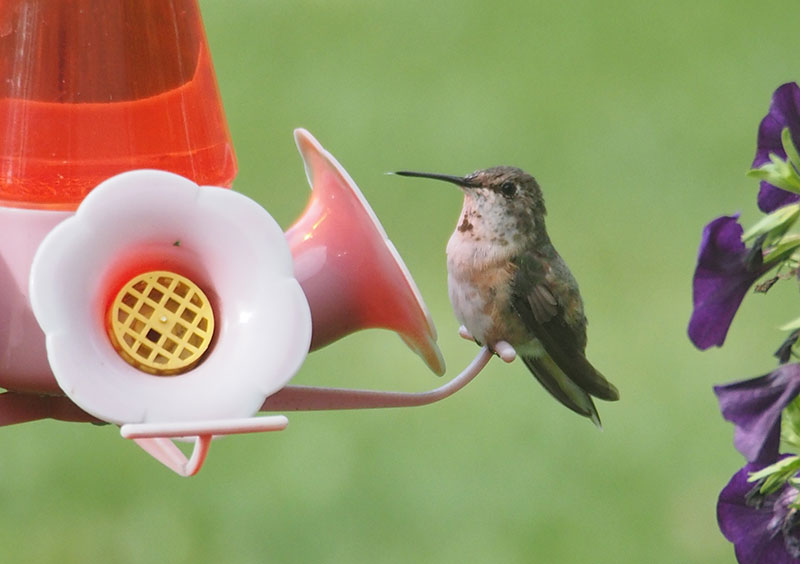
Rufous Hummingbird — Elimsport, PA
It should be noted that maintaining your feeder into winter will not prevent the Ruby-throated Hummingbirds from migrating south, and nearly all of them will have departed by mid-October in most areas regardless of the availability of feeders. So, don't worry about that. You're far more likely to save a hummingbird that's desperate for food than to cause one to perish by making it stay too late.
Recognizing that a vagrant hummingbird is visiting your feeder is easier by mid-October once the Ruby-throated Hummingbirds have mostly migrated south. In Pennsylvania, any hummingbird after October 10 is generally worth a close look. Some hummingbirds, particularly the adult males, are pretty distinctive, but as noted above, many of the females and young males look very similar to each other. Noticing a lot of orange in the tail is a good clue that you have found a western species.
Lycoming Audubon Society and LycoBirds sponsor a contest each fall with prizes for attracting a vagrant hummingbird in Lycoming, Clinton, Sullivan or Tioga county. For more information about the contest and how to report sightings, visit lycobirds.com/hummingbirds. We would encourage other bird organizations to run similar contests to maximize the reports of vagrant hummingbirds outside of our area.
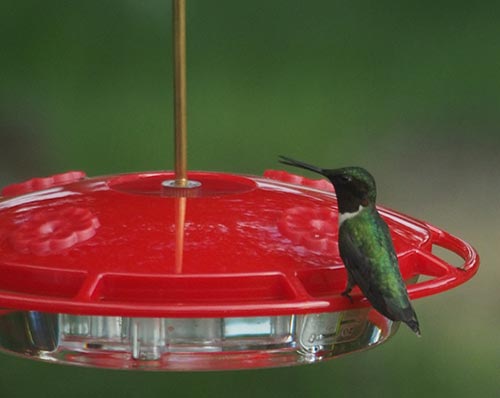
Hummingbird Feeder Recommendation
Disclosure: We earn commissions for purchases made through the links in this post.
If you are looking for a great hummingbird feeder, give the 12 oz. Aspects 367 Hummzinger Ultra Hummingbird Feeder a try. At my house (and also my parents' house), we have completely switched to these over the normal style feeders. They are really easy to clean, and do a great job of keeping bees and ants out. Bees can't get to the nectar because it sits down in slightly below the ports, but the hummingbirds can still easily feed. So, if you're frustrated with your current feeder, it might be worth a try. There are some cheaper similar "saucer style" feeders that you could also try if you are on a tighter budget, but I've been very happy with the quality of the Hummzinger, and I've never broken one.



